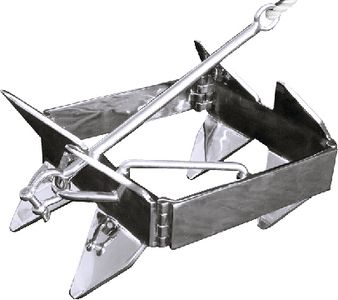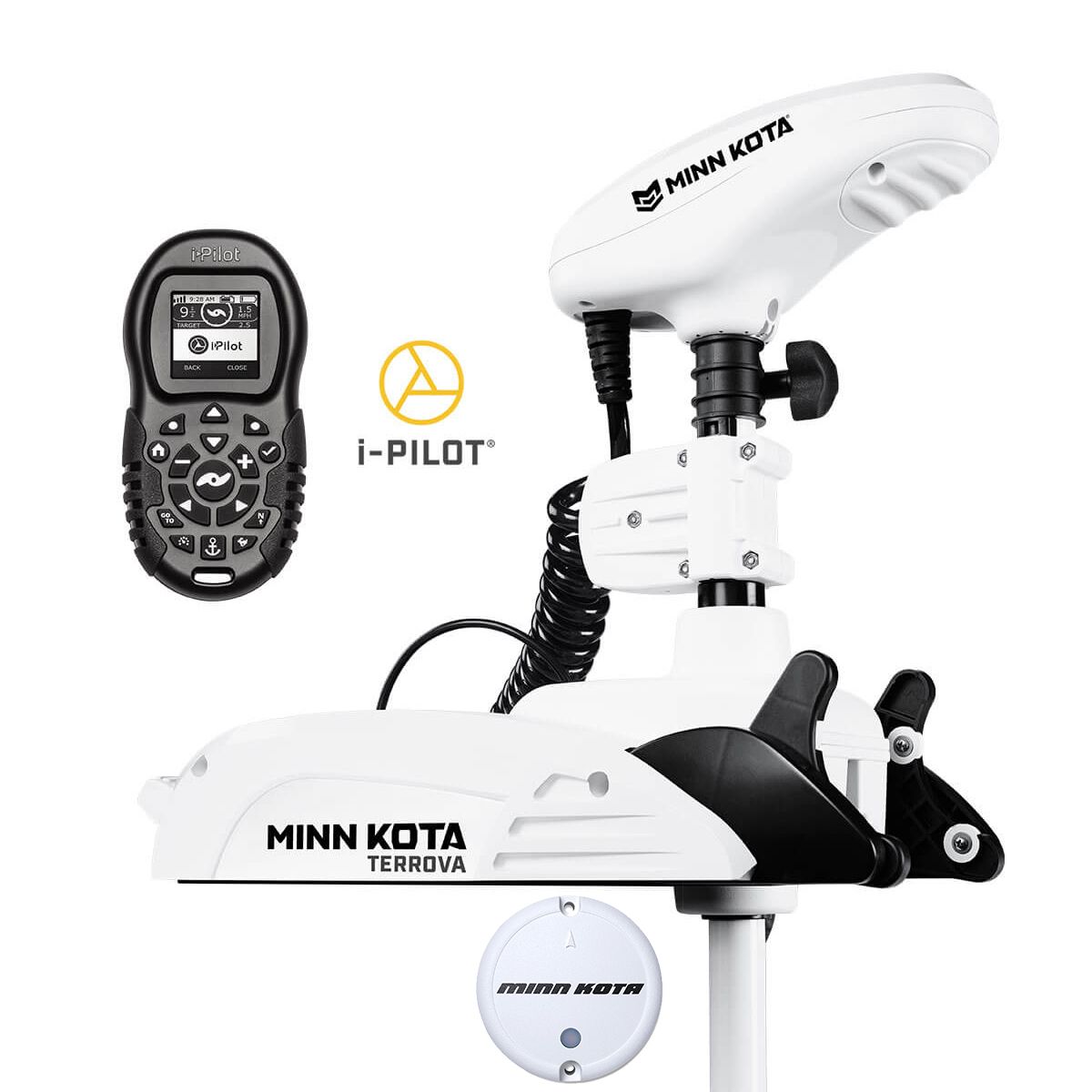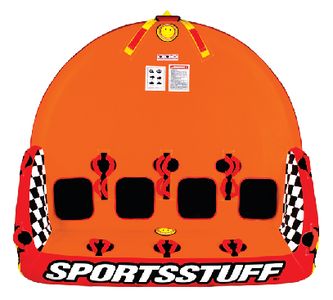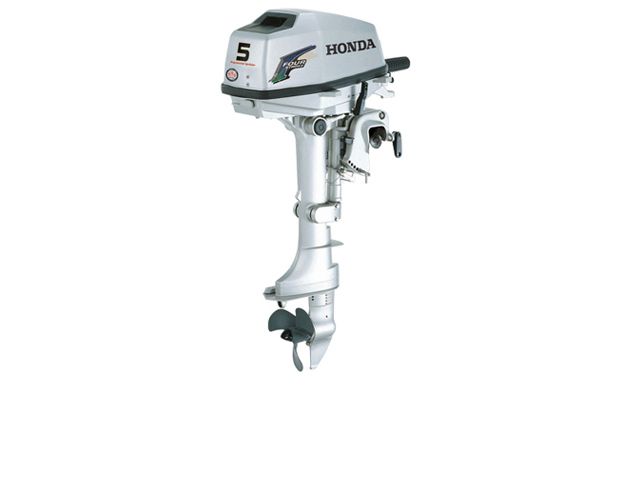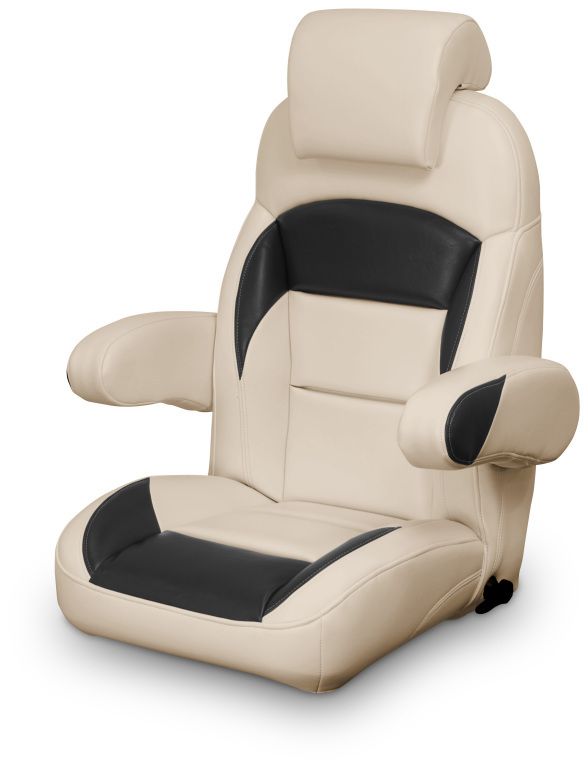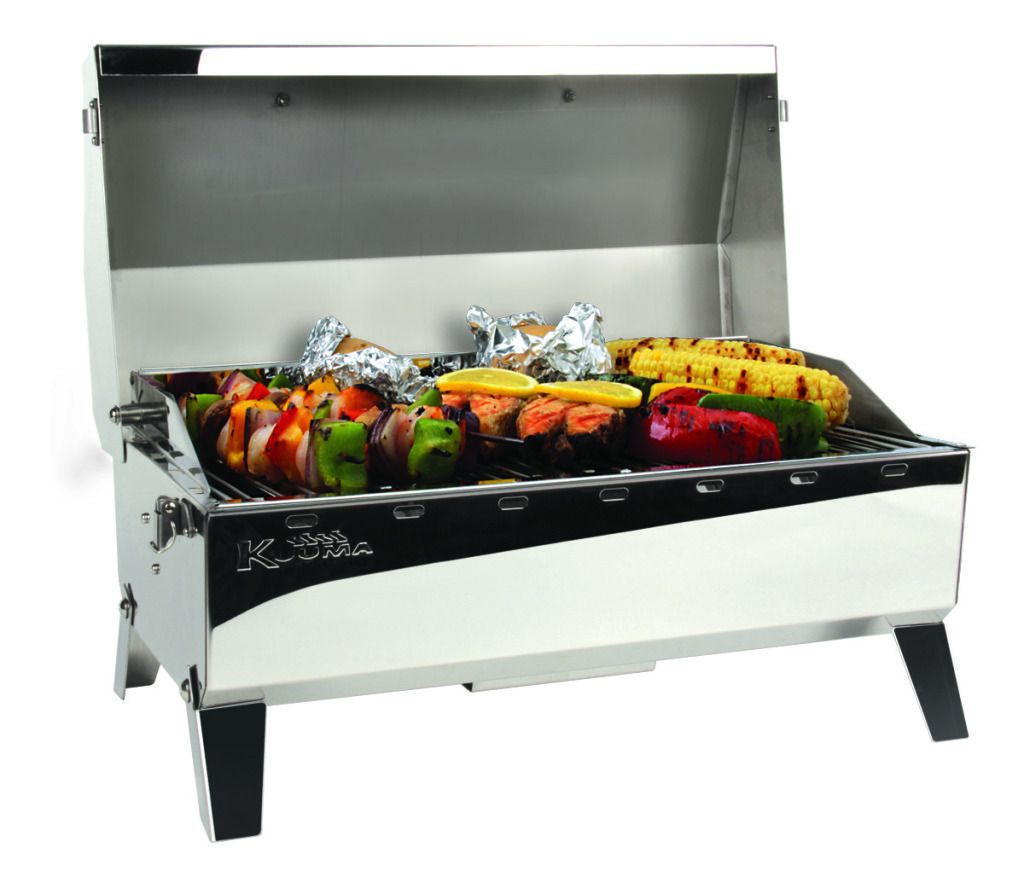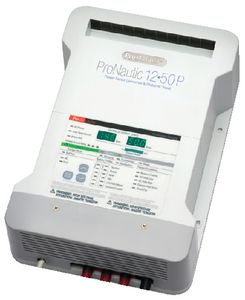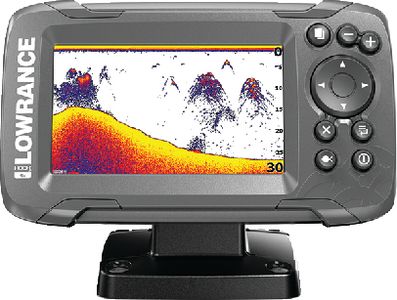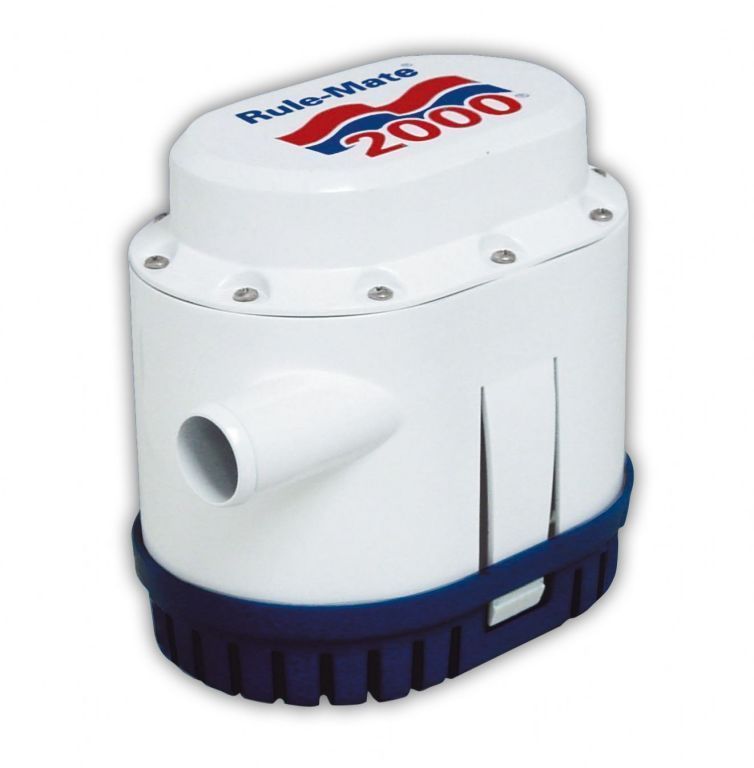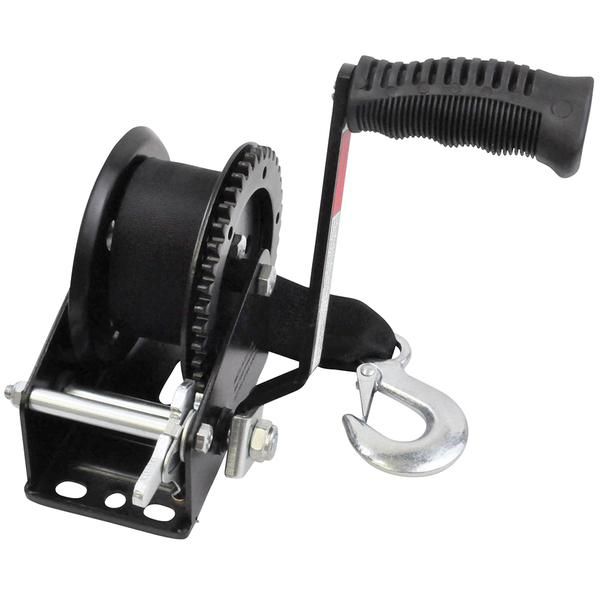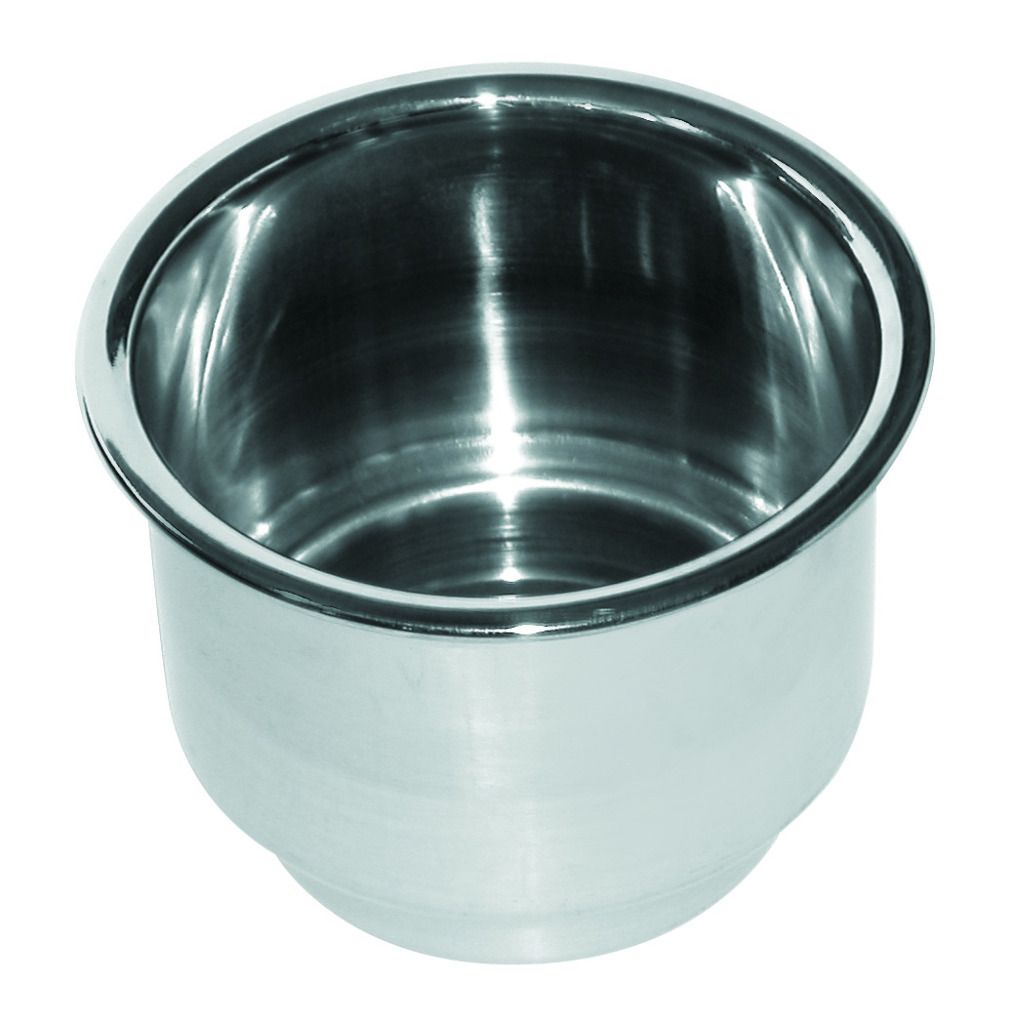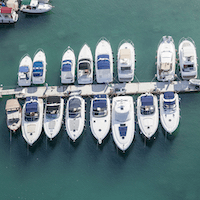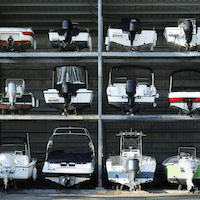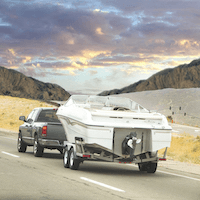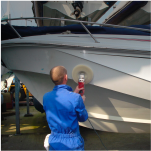Re: New boat owner...few questions
Welcome to iboats!
Do you have the control box with keyswitch and throttle/shift stick, or is your controls integrated into the boat?
Control box: there's a flat lever that lifts up, on the top edge of the control box above the keyswitch, called the "hi-idle lever" - lift it up to rev it in neutral. For starting, it should be all the way up.
Integrated controls usually have a button that you hold in when advancing the throttle, that keeps it from shifting - usually it's down at the bottom of the control stick.
Reduce the RPMs after the engine starts, leaving it up just enough to keep it running while it warms up. Heed hightrim's warning about thermal runaway.
One thing to know about your motor is, it will start and idle on two cylinders, and sound just fine doing so, until you put a load on it, then it will fail to accelerate. If it's idling low, that might be the reason. Here's how to check it:
With the engine idling on the muffs, pull then replace one spark plug wire at a time. RPM's should decrease noticeably - if they don't, then that cylinder's not making power. If that happens, remove the spark plug, reattach it to the boot, hold it against the engine block, and look for spark while somebody turns the engine over. If you don't see any spark, let us know for the next step.
If you have spark on a dead cylinder, a carb rebuild is in order. Even if all 3 are firing at idle, after a year of inactivity don't be surprised if it drops a cylinder or two when you try to accelerate - gas turns to varnish in the carbs and clogs up the hi-speed jets. If this happens, don't run it any more - whichever cylinder is not getting fuel is also not getting oil - recipe for disaster.
In fact, I'd say a carb rebuild before your first outing would be a pretty good investment of time & money.
The water pump impeller will also deform after sitting idle for a year - it might seem ok now but it won't be as effective as it was last year, and it's days are numbered - highly recommend scheduling an impeller change soon as you can get around to it.
Make sure you have fresh fuel in a clean tank, the tank vent is open and unobstructed, and the fuel line holds pressure. Do you know whether the VRO is working?
One nuther thing comes to mind - a compression test, to give you a baseline for future diagnostics.
let us know how it goes.

